24Coke and Pepsi.
Ford and General Motors.
McDonald’s and Burger King.
I could probably spend the rest of this post listing famous brand rivalries.
One thing all these brands have in common, though, is they use competition to make their own brand better.
McDonald’s and Burger King have a long history of outdoing each other with their increasingly clever ad campaigns.
This sort of competition is not only fun to watch as a consumer, but it’s also good for business.
In fact, Burger King — long seen as the underdog to the McDonald’s fast-food throne — has kept pace fairly well in recent years.
This goes to show that if you can keep learning from your competition, you may have the chance to outperform them.
Or, at the very least, you can improve the offering for your own customers.
With that in mind, here are three key lessons you can learn from your competition to improve your sales.
1. Reviews tell you exactly what they’re doing well
Customers have a lot to say about their favorite (or least favorite) products and services.
And when it comes to buying, customers take product reviews very seriously.
According to one 2016 report by BrightLocal, 20% of consumers look at a review site at least once before making a purchasing decision.
Reviews can tell you a lot about what customers think about you and your products.
But they can also reveal the ways your competitors are outperforming you.
If you’re looking to find out why people are buying from them and not you, look at the reviews.
A good place to start is a quick Google search of your top competitors’ names.
Let’s pretend I’m in competition with HubSpot, and I want to know what people are saying about them, both good and bad.
I might type in something like “HubSpot review” or “HubSpot.com review,” which gives me these results:
I now have a few options to choose from in terms of review sites, both paid and organic.
Let’s click on the last one from Software Advice. I see a list of reviews with star ratings for different aspects of service.
As I scroll down, I might notice patterns emerging from the reviews.
Maybe some people loved HubSpot’s product, but they have some qualms with customer support. Or maybe they loved the customer support, but they found it hard to use.
From this, I can figure out what people love about HubSpot, and what they would like to see improved.
If I were a competitor, this would be a great chance to make improvements to my own product or offering.
If I review two or three competitors and see that the biggest complaint is customer service, I’m going to focus on customer service.
The trickiest part is finding reviews that give enough detail, though. Sometimes a Google star rating isn’t enough.
I want opinions. I want to hear exactly what the competition is doing well.
Sites like Trustpilot allow you to search for almost any website, and it will list reviews.
If I search for HubSpot, I get a list of reviews, both positive and negative.
It’s important, when looking at reviews, not to just look at the negative ones, but to see what people really love about the product, too.
In the example above, I get a glimpse into what HubSpot is doing well for their audience from the lips (or keyboards) of the people who actually use the product.
If their customers really love the functionality or user experience, for instance, and it’s a frequent complaint I get for my product, then I know where I need to start making changes.
If there are things about my competitors that people aren’t impressed with but that I do well, I know what to highlight in my marketing.
Let’s say HubSpot knows that price is a common complaint, so they make an effort to offer a free version of their product.
If I see that people complain about HubSpot’s prices, for example, I might do the same.
There are a few sites you can use to find reviews from your competitors, including:
You can also look up businesses on Google using “competitor name” reviews, like the HubSpot example I gave earlier.
If you want to keep track of competitor mentions, set up Google Alerts for their name or their name plus “review.”
This will help you keep tabs on any changes they’re making to their product or service that you might find useful for your own marketing.
Important things to look for include common complaints, common praises, and any mention of their website (homepage, landing page, navigation, etc.), as well as price.
This will come in handy for some other points later on in this list.
2. Backlinks tell why they rank (and why you don’t)
A big part of getting conversions is SEO.
If your customers can’t find you, they won’t buy from you. So getting your name up there in SERPs is important.
SEO is one of those areas that a lot of sites struggle with, though. This is especially true if you’re a newbie or a brand underdog.
Sticking with my HubSpot comparison, let’s say I’m a new business starting out with my own inbound marketing software.
If I did a quick Google search for “inbound marketing software,” I will see this:
Most of the page is taken up with paid ads for bigger brands, like HubSpot and Percolate.
The first organic content is a review site with other top software developers in the same niche.
What are the odds my recently launched site is anywhere on the first page? Probably slim.
If I want to keep up with bigger competitors, I need to improve my SEO.
Typically, I might start with keyword research. I would find what keywords people are searching for (e.g., “inbound marketing software”) and try to rank there.
But the problem with keywords is that it can be difficult to rank for more competitive terms, and if I don’t have a huge PPC budget, I probably won’t see much success with my ads.
So what I really want to focus on are backlinks.
Backlinks provide a sort of “vote of confidence” for the content on competitor sites, especially if they’re getting links from other high-authority sites.
It tells me that people are talking about their brand, what types of sites are talking about them, why their site is ranking so high, and what strategies they’re using to grow their authority.
If they have a great link profile, they’re doing something right.
And I want to do what they’re doing, especially if they’re consistently ranking higher than me in SERPs.
So the first thing I want to do is look at their link profile.
There are a few backlink tools out there I can use, like Open Site Explorer, SEMrush, or Ahrefs, but let’s start with a free tool like Monitor Backlinks.
If I go to the site, I can type in any competitor’s URL. Again, let’s use HubSpot as an example.
Once I hit “Check Now,” I’m brought to a results page that gives me a quick overview of all the backlinks found for this site.
I also get a list of the top 10-20 backlinks (I can see all the links available if I register for an account).
I can immediately see that there are some bigger sites with backlinks to HubSpot, like Entrepreneur, LifeHack, HelpScout, and so on.
This tells me a few things, including:
- The type of content that attracts attention for my competitor
- SEO trends and keywords related to their content and website
- Other sites and competitors that are linking to them
- The content strategy they’re using to rank
- Who’s writing content about their product or service
If I know who’s talking about my competitors, what they’re saying, and where they’re saying it, I can come up with a content strategy of my own to match.
In short, I can steal their backlinks and outrank them.
I might also reach out to contributors on sites like Entrepreneur and try to guest post on those sites, with links back to my site.
Then, I’ll have backlinks on those sites, too.
I already use this as a strategy with Entrepreneur, since I have a contributor account there.
If I didn’t want to guest post, I could start producing my own content that links to other sites and then do a shout out on social media to see if they will share my posts.
I might use competitor backlinks to create a list of better SEO keywords, too.
There are plenty of things I can do with a list of backlinks to help me improve my conversions if I know how to get them.
Building quality backlinks can be one of the biggest SEO challenges, so if you know where to start looking, you’ll be one step ahead of the game.
Remember: before you really do anything with your SEO, find out what your competitors are doing first.
3. Pricing strategy shows how they make money
If you can’t compete with products, you can always compete with pricing.
Businesses in the same niche with very similar products or services will often implement drastically different pricing strategies to stay competitive.
Take a look at HubSpot and their competitors, for example.
HubSpot has a three-tiered pricing structure starting at $200 per month all the way up to $2,400.
They use a strategy called Premium Pricing, where you offer something for relatively cheap or free (a “basic” plan), and then they offer more services or features for a premium price.
Users might start with a free trial and then upgrade as they grow.
Their CRM software is free, for example, with no other pricing tiers.
This allows customers to enter at an even lower price point and upgrade as needed.
But there are plenty of ways you can set pricing within this strategy to stay competitive.
For example, their sales package only has two-tiered pricing.
But no matter which product you choose, HubSpot keeps prices under $1,000 (with additional fees for onboarding in some cases).
They also break up their products into different packages.
Their competitor, Pardot, also has a three-tiered pricing structure, but in a single package and with slightly different monthly amounts.
This follows the same strategy, but with higher prices.
Both take advantage of “round pricing,” however, where the numbers are rounded up to the nearest major interval.
The idea here is that customers prefer the ease of a round, flat number, and they associate it with a higher value.
Not all competitors do this, though.
Infusionsoft also uses three-tiered pricing, but they don’t round up.
They’re using what’s known as “left-digit pricing,” “charm pricing,” or “psychological pricing.”
Psychological pricing is when a product ends with a “99” or a “95” instead of a round number.
With this type of pricing, customers put more focus on the first number of the price instead of the whole price.
So $199 looks like a better deal than $200, even though the difference is only $1.
It’s an illusion of enhanced value for the consumer.
This can be particularly effective if you know an audience is concerned about prices (which you might’ve learned from the reviews).
But again, that’s not the only pricing strategy you can use.
Marketo takes a totally different approach and offers multiple bundles depending on the services you want.
The “Lead Management” bundle, for example, has four-tiered pricing.
Each bundle has different features, services, and tiers.
It’s a custom solution for whatever the customer needs.
With bundle pricing like this, you can sell multiple products at a lower rate than the customer would see elsewhere.
It’s a “get more bang for your buck” pricing strategy.
It tends to be more effective if you sell complementary products or services.
Even between four competitors with similar offerings, there are four different pricing strategies.
So if you’re trying to figure out why your competition is doing better than you, look at their pricing strategy.
Most websites will have a pricing page listed in their navigation. Here’s HubSpot’s:
And here’s Pardot’s:
But sometimes you have to dig through a site to find it.
Marketo doesn’t list their pricing in the main navigation, but they have it featured in a drop-down menu.
They also have a link to it in the footer of their site.
So if you’re doing research, you can search your competitors’ sites for their pricing page and take note of their pricing strategy.
You can also use a competitor review site to find pricing between multiple competitors.
GetApp is a good place to see how competitors stack up against you (or each other).
Go to the site and type in a competitor’s name in the search bar.
You will then see your search results. When you find the site you want, click “Compare App.”
From here, you will be brought to a comparison page.
Then you can see pricing for your competitor and their competitors, as well as the differences in features, target market, and other key information.
This will allow you to evaluate how they price their services and how it stacks up to others in the industry.
And it will enable you to create your own competitive pricing strategy to keep pace.
You can also use a review site like Software Advice to do the same thing.
The important thing to remember here is that your goal isn’t necessarily to create a price that’s lower than the competition.
It’s to see what works for them and their audience so you can find what works for you and your audience.
You may find that your target market loves psychological pricing, even if others round theirs off.
Conclusion
Your competitors can tell you a lot more than you think.
The key to doing competitive research is to look at it from multiple angles.
What are they doing well? What aren’t they doing well?
What are customers complaining about and what do they say they love?
Where are people linking to them and what are they saying?
How are they pricing their products? Could you be more competitive than them?
Understanding how your competition is viewed in the marketplace is important for knowing how you will be viewed, too.
If you can determine what’s being said, and where it’s being said, you can control the conversation about your own brand.
If you know who’s willing to pay for what product, you can price your own products accordingly.
Learning from your competition is sometimes the only way to beat them.
So do yourself a favor and look into what they’re doing.
You may learn something valuable that will really put you ahead of the game.
What strategies do you see your competitors use that you would like to use, too?

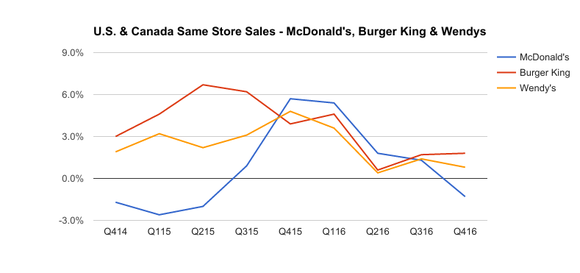
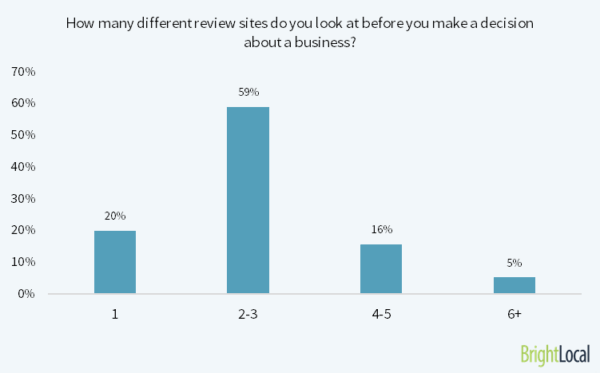
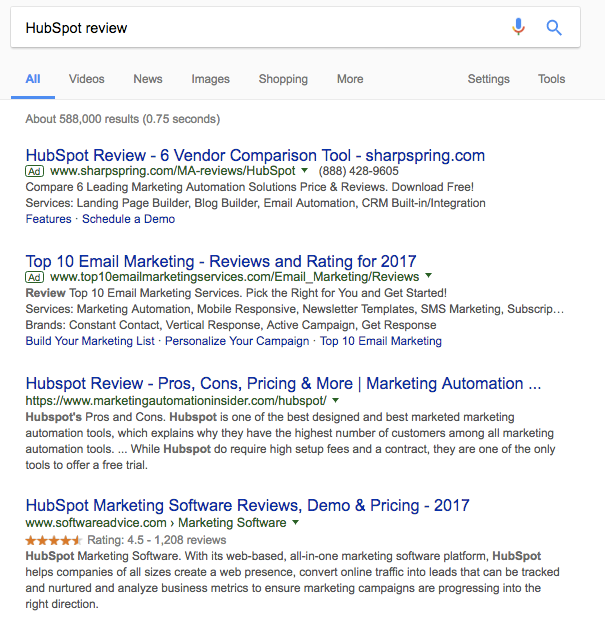
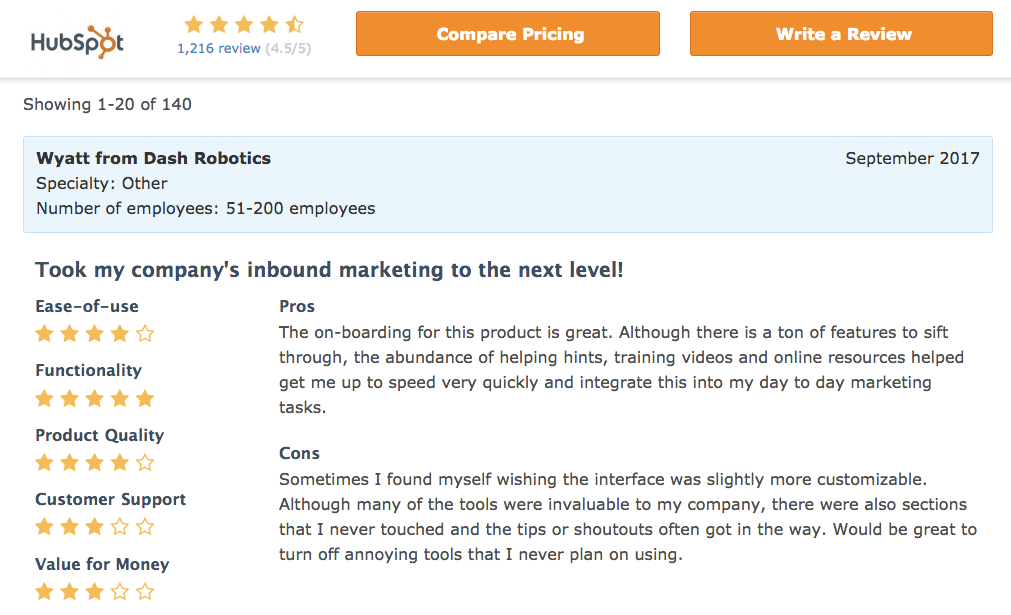
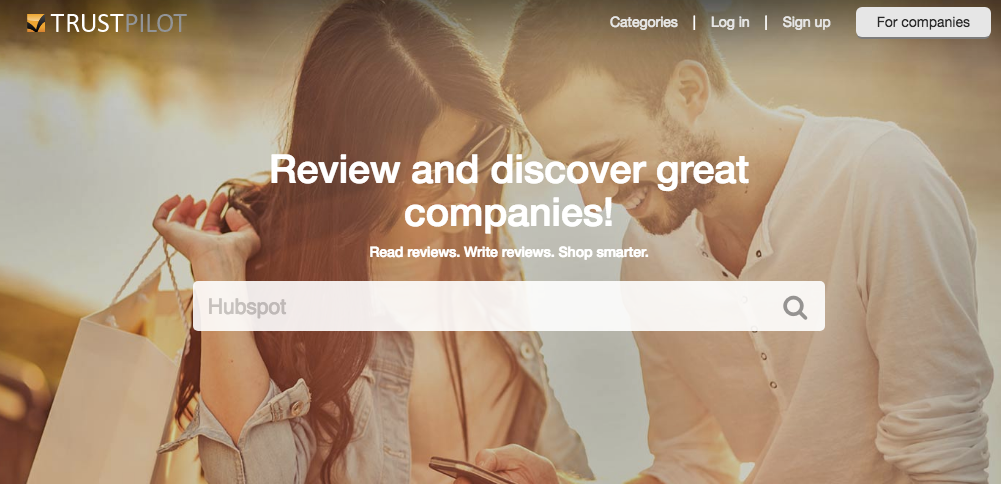
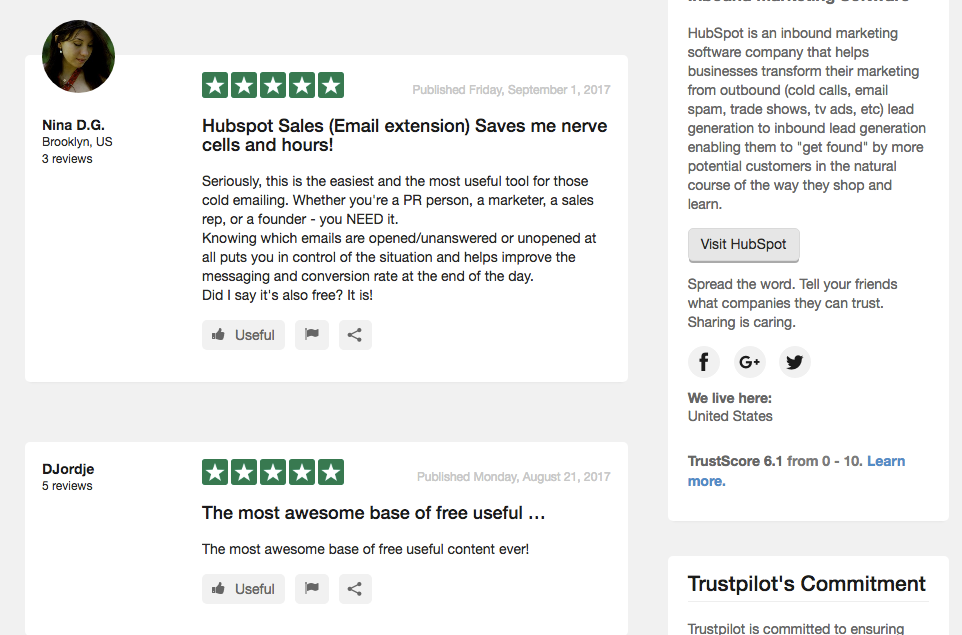

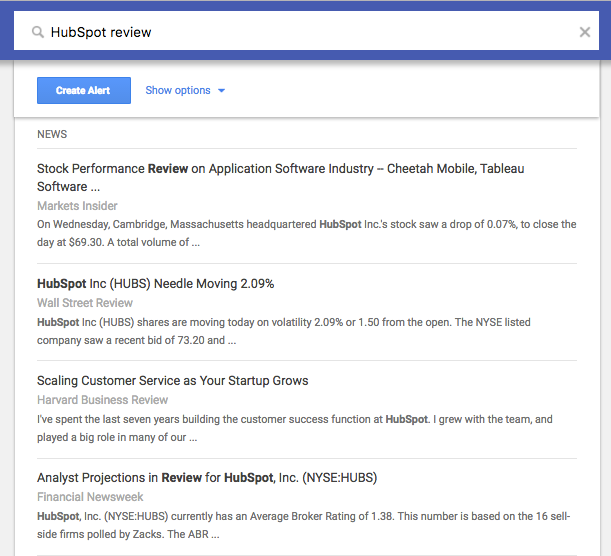
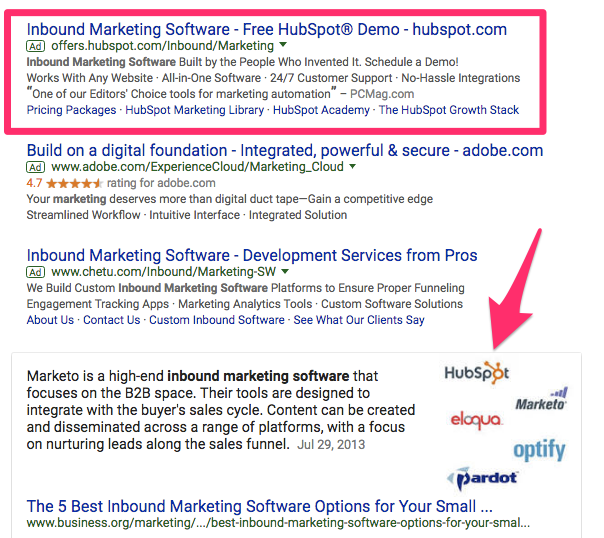


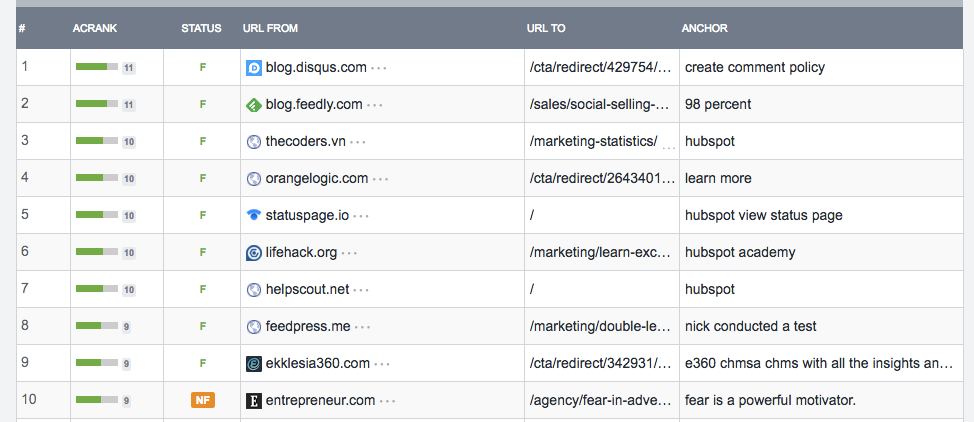
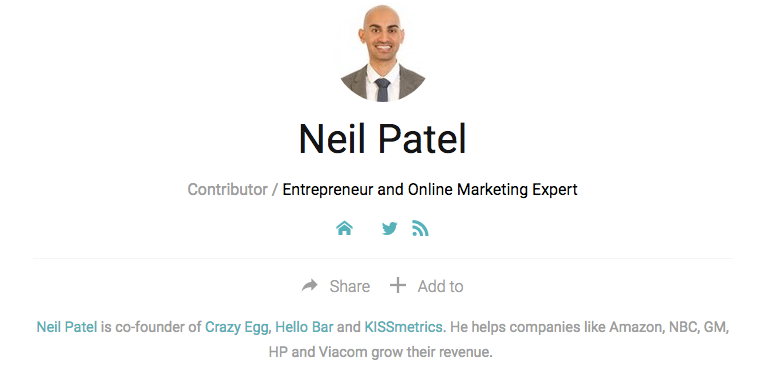
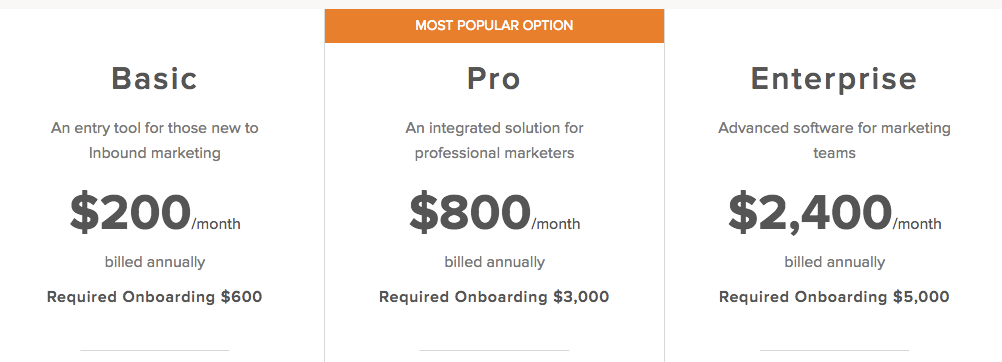
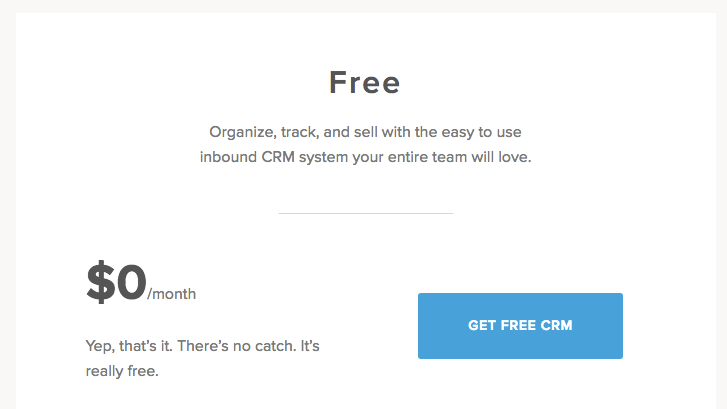


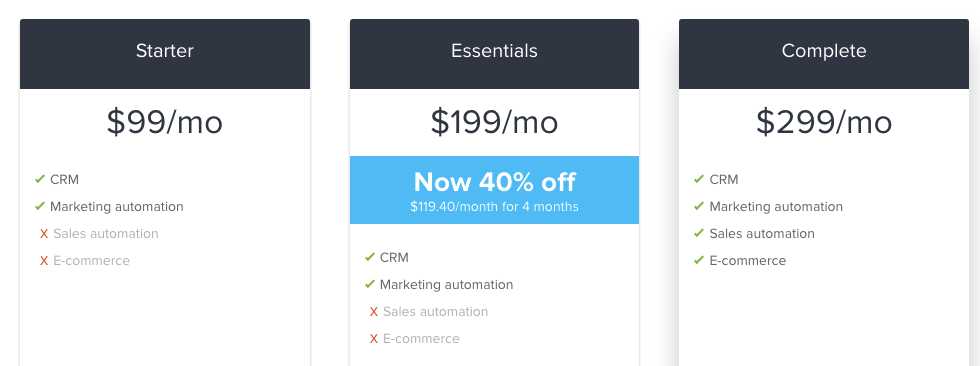
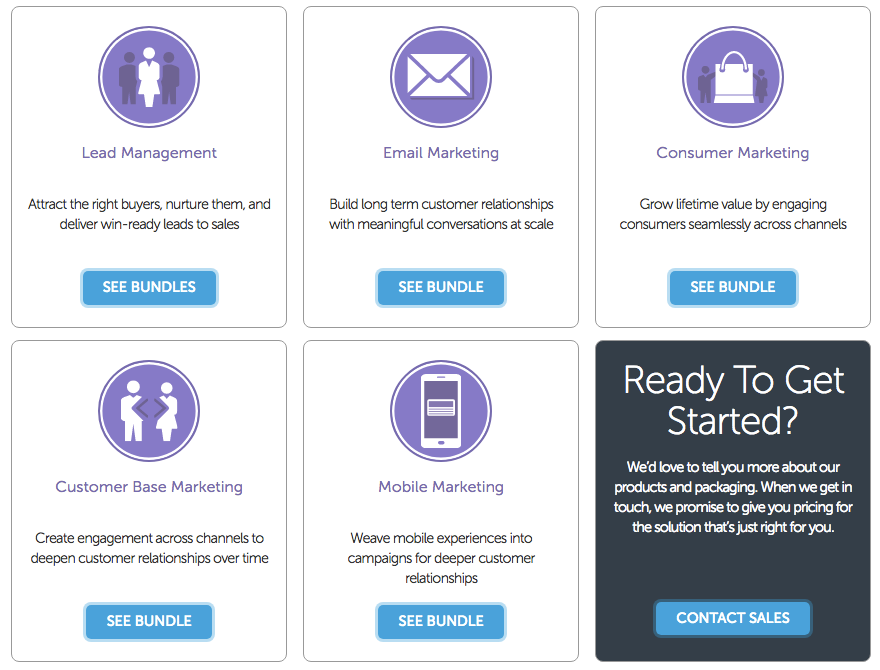



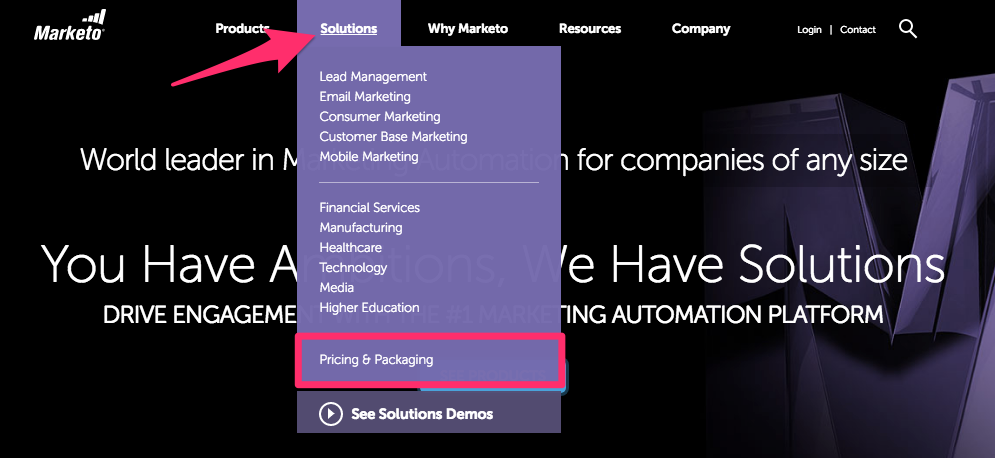

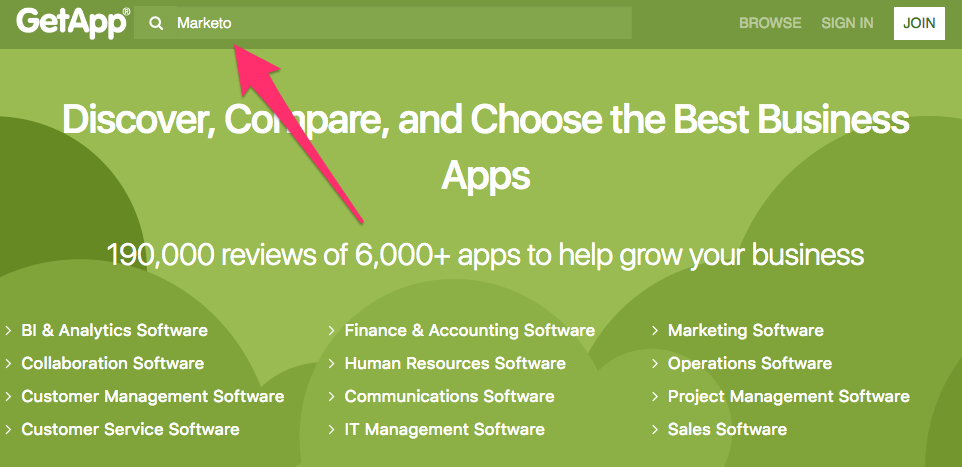

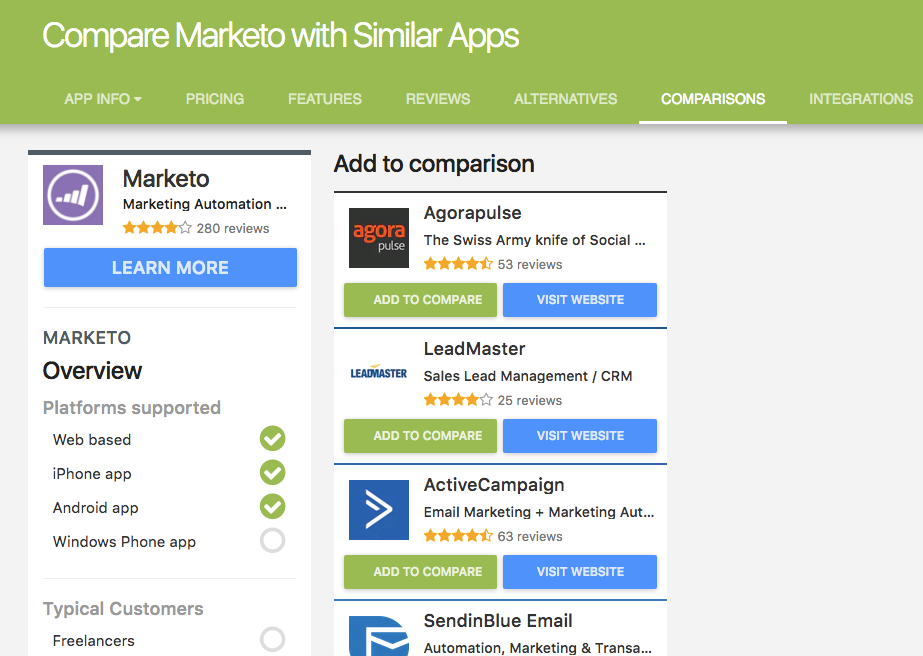
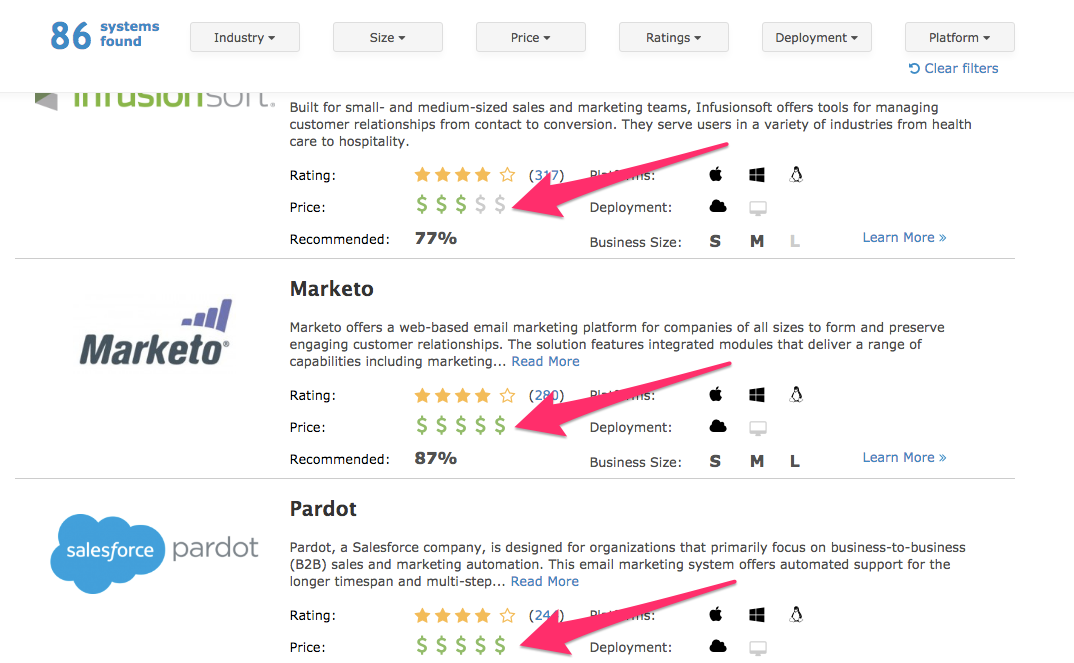
Comments (2)